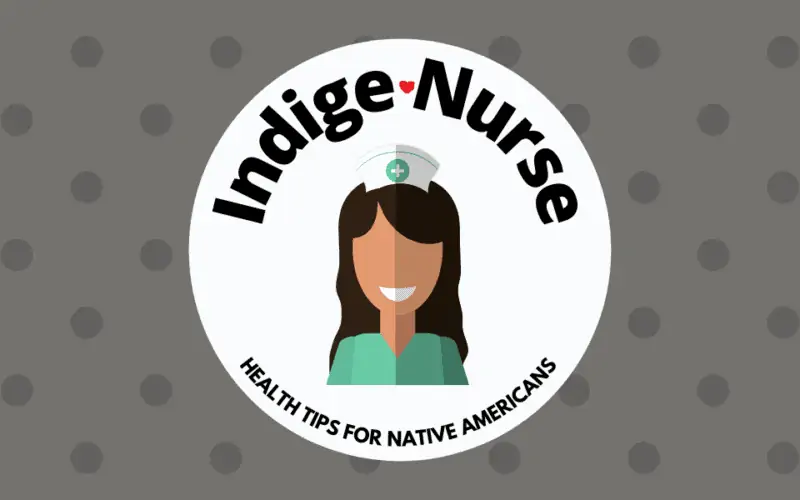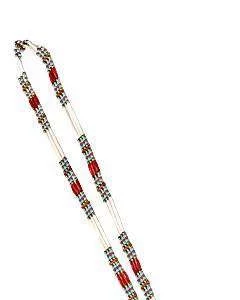Indige-Nurse is a column published by Powwows.com and written by Jeanette Centeno, a Registered Nurse (RN) and Case Manager (CM) who holds a Bachelor of Science in Nursing (BSN). Centeno (Taíno) draws on her experience in the medical field and her own indigenous background to educate Native communities on the health issues that matter most.
Native Americans are now vaccinated against COVID-19 at higher rates than any other racial or ethnic group in America, according to the Kaiser Family Foundation.
But this victory was much more the exception than the norm for Indian Country.
Native Americans died of COVID-19 at nearly twice the rate of white Americans. To boot, Native Americans have the highest rates of pre-existing health conditions out of any ethnic or racial group in the country. At times, the pandemic actually jeopardized Native Americans’ customs, languages, and futures.
So, why is this system failing? And what can we learn from COVID-19?
The erasure of indigenous people in healthcare began with broken treaties and legislation. Programs designed to remedy the issues actually made indigenous people more vulnerable to neglect and mistreatment. Unlike other groups, Native Americans are entitled to health care from the federal government’s Indian Health Service (IHS), but the system is consistently underfunded, understaffed, and ill-equipped to service the needs of various nations.
According to the Department of Economic and Social Affairs, Native Americans’ health is in crisis. For instance:
- 50 percent of indigenous adults suffer from type 2 diabetes
- Life expectancy is 5.5 years lower than most other ethnic groups.
- Mental health issues, suicide, and PTSD are usually misdiagnosed or left untreated by healthcare givers.
- 32% of indigenous people live in poverty (in some tribal communities, it’s as high as 66%)
A closer examination of these systems reveals problems not only in legislation, but in healthcare practices that have endangered the lives of indigenous people.
The IHS is required by law to be accredited and certified by the Joint Commission on the Accreditation of Healthcare Organization (JCAHO), and anyone can report a hospital that fails to properly serve its community. A hospital that fails to comply with updated policies, laws, and regulations or provide adequate safe and timely care to the community can face hefty fines, if not closure.
However, during the height of the pandemic, it was tribal communities who led the way, despite all of the chaos on reservations, and with legislation and hospital dynamics. Several factors keyed the high uptake for the vaccination. For instance:
- Many tribal communities were involved, organized, and informed on how the virus was affecting members of their tribe.
- Many tribal leaders acted swiftly in requesting aid and demanded testing kits and equipment. This was recognized by the local, state and federal government as a public safety issue.
- Tribal members understood the stakes. Losing elders or anyone meant their languages, customs, and economies could be jeopardized.
Yet, the vaccine victory for tribal communities doesn’t mean the healthcare gap has somehow magically closed moving forward.
Since census-based data also impacts the Coronavirus Fund, undercounted tribal members will likely continue to receive less aid.
Furthermore, federal, state, and local agencies must recognize and respect the sovereignty of each tribal nation and work toward removing bureaucratic barriers that have forced some tribes to spend additional time and money in documenting tribal members. Inexcusable delays, misrepresentation, and shortchanging basic services can needlessly prolong health crises and add additional strain to hospital systems and debt.



